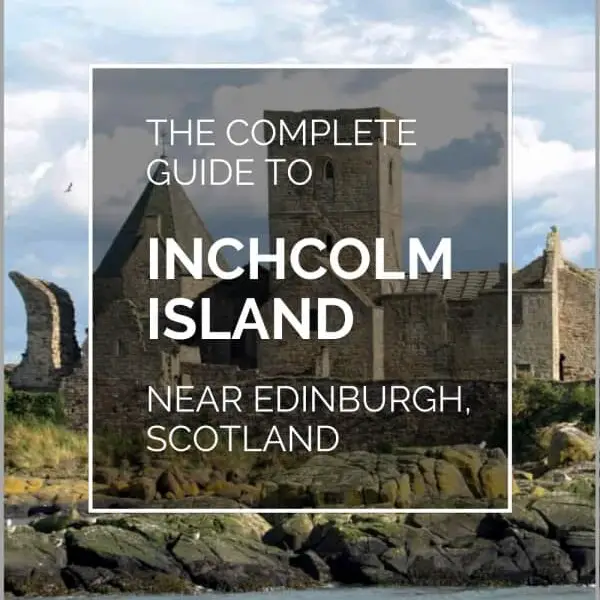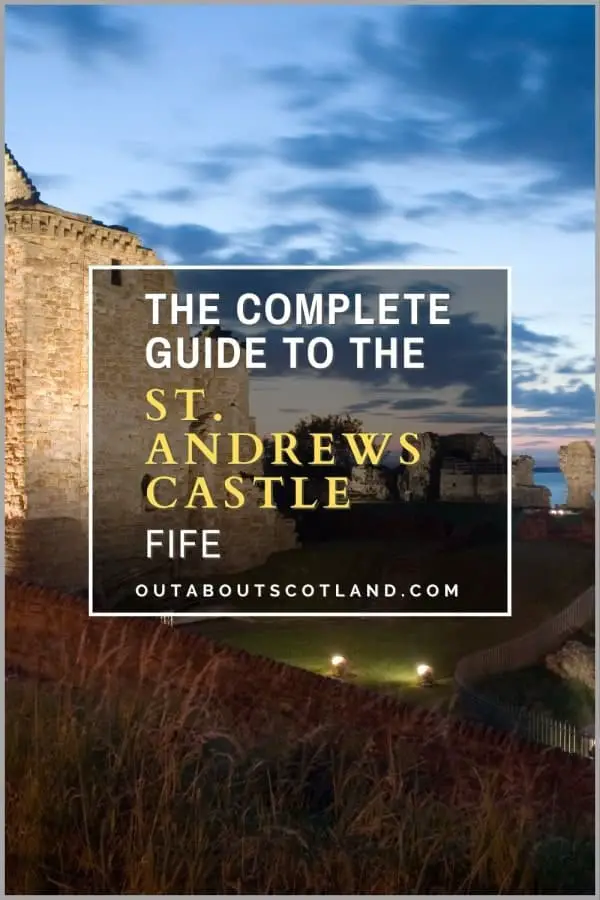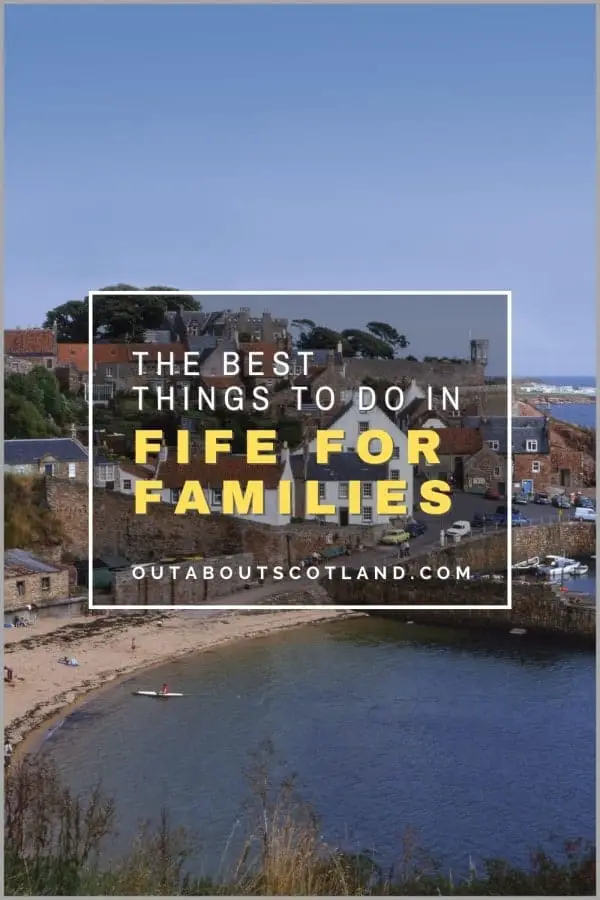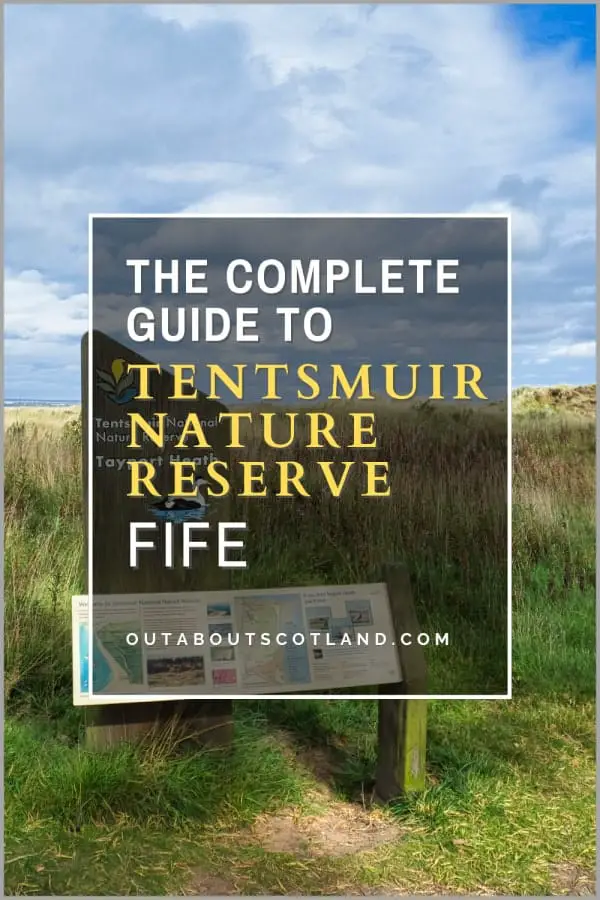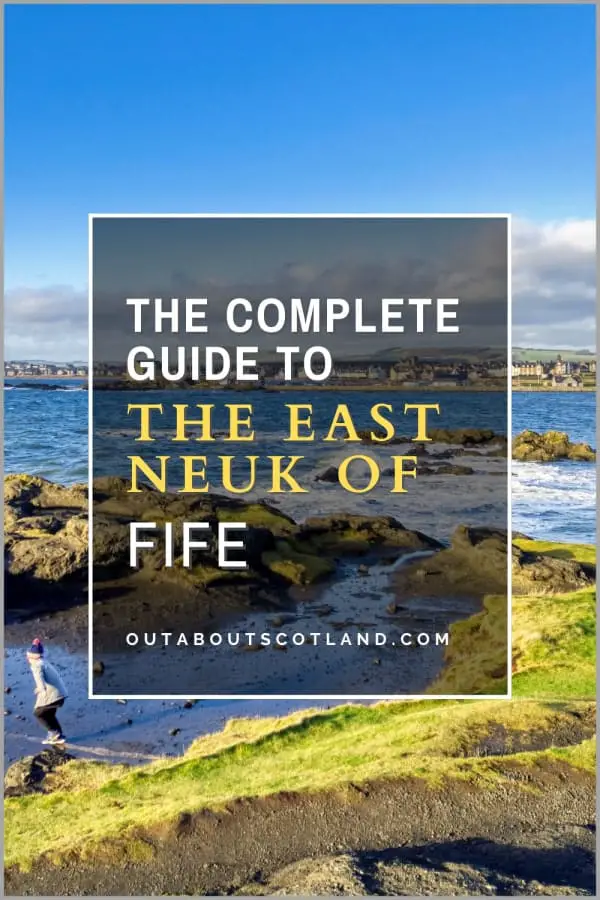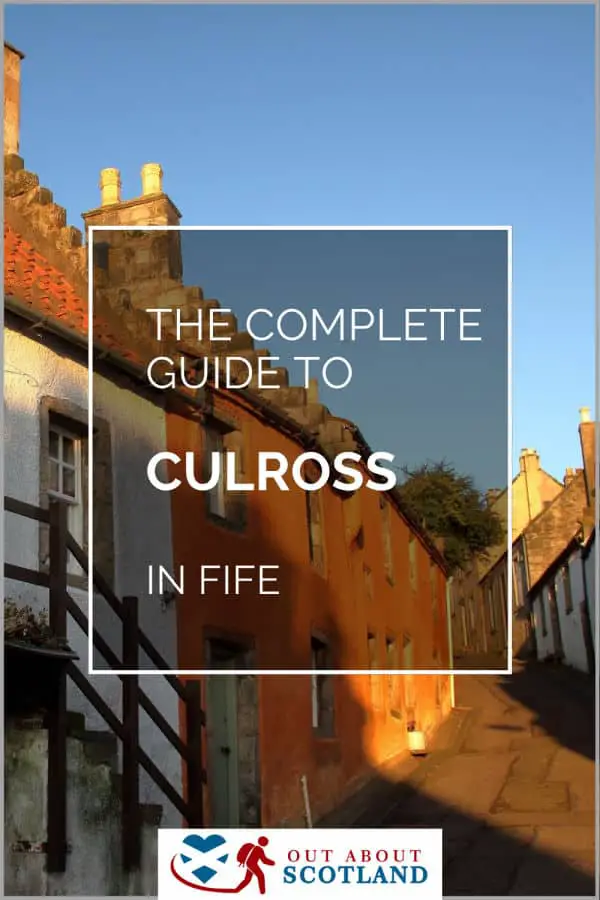The beautiful and historic Inchcolm Island is situated in the Firth of Forth, just 6 miles from Edinburgh city centre. The island is home to a large abbey known as the ‘Iona of the East’, which is one of the top attractions in Fife. The abbey is under the control of Historic Environment Scotland, and visitors can travel there by ferry from South Queensferry.
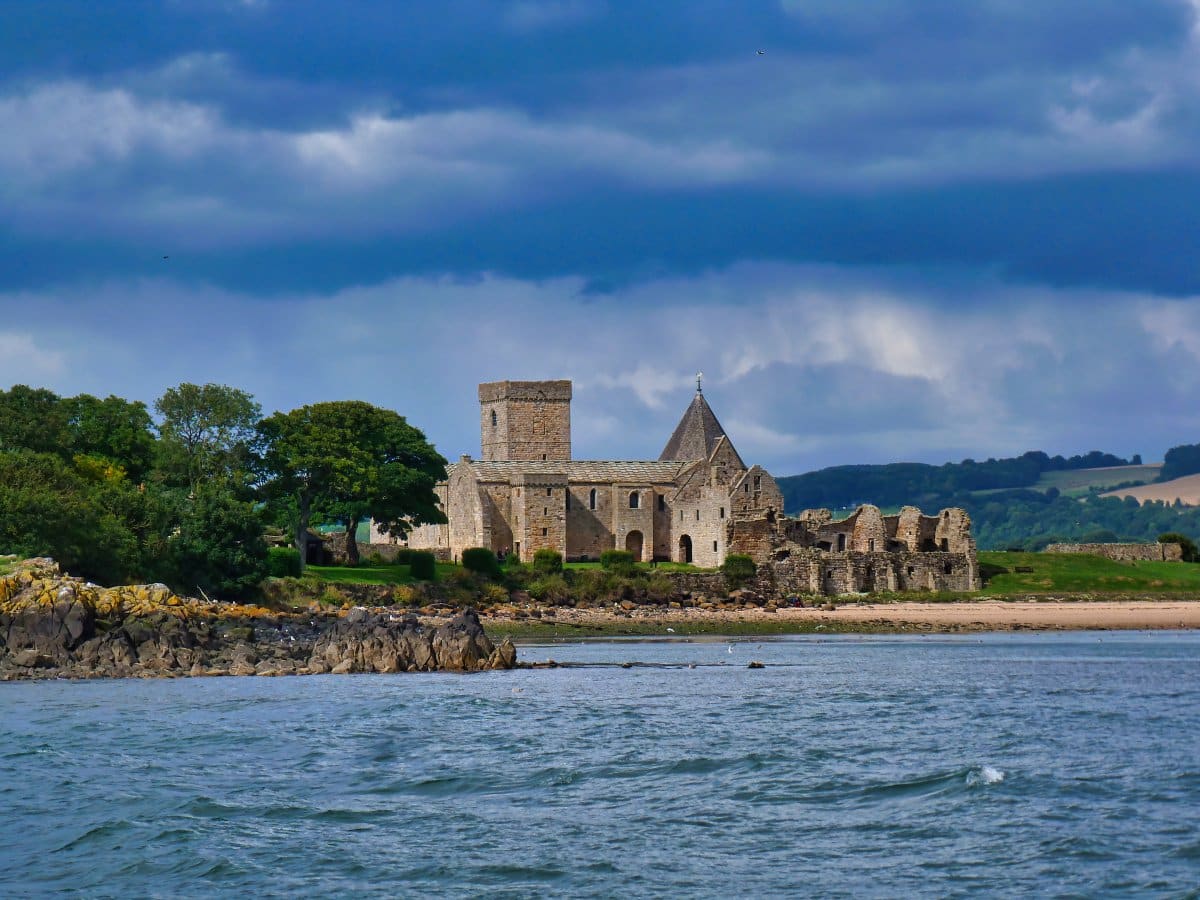
| Address: | Boat departure point: Hawes Pier, South Queensferry, Edinburgh, EH30 9TB |
| Opening Hours: | 1st April - 31st October Thursday - Monday 10:00 - 17:00 |
| Admission Price: | Ferry price Adult: £18.00 Child: 5-15 £10 Under 5's Free |
| Parking: | Paid car park in South Queensferry |
| Contact: | Abbey 07836 265 146 Ferry 0131 331 5000 |
| Facilities: | Toilets, gift shop, picnic area |
| Photos: | YouTube Video |
| BUY TICKETS | Click here to purchase |
Overview
Inchcolm Island lies in the Firth of Forth just six miles from Edinburgh city centre and four miles east of the Forth Road Bridge. Although relatively small at only 22 acres, it has plenty of things to see and do, and combined with the ferry trip from South Queensferry, it’s a great family day out.Getting to the island requires tourists to board a charter ferry that will take them on an enjoyable trip under the Forth Bridges and along the estuary before arriving at the small harbour on the island.
A camera is an essential item to carry for the short journey, as you’ll likely see lots of wildlife along the way. Seals are frequently spotted having a rest on the buoys bobbing about in the Forth, and large colonies of seagulls, fulmars, and the occasional puffin fly over the outcrops surrounding the harbour’s edge.
You’ll find that the island is much bigger than you might be expecting after seeing it in the distance at South Queensferry, and there are more than enough activities to keep the family occupied for an entire afternoon once you get there.
While the ferry ride is good fun, I have to admit the high point for me was exploring the eastern edge of the island which has left-over bunkers from WWII, but the abbey is a great place to explore as well. While some of it is in ruins, there are lots of remaining sections that are in excellent condition (surprisingly for buildings that are nearly 800 years old), and it certainly deserves its title as Scotland’s best-preserved group of monastic buildings.
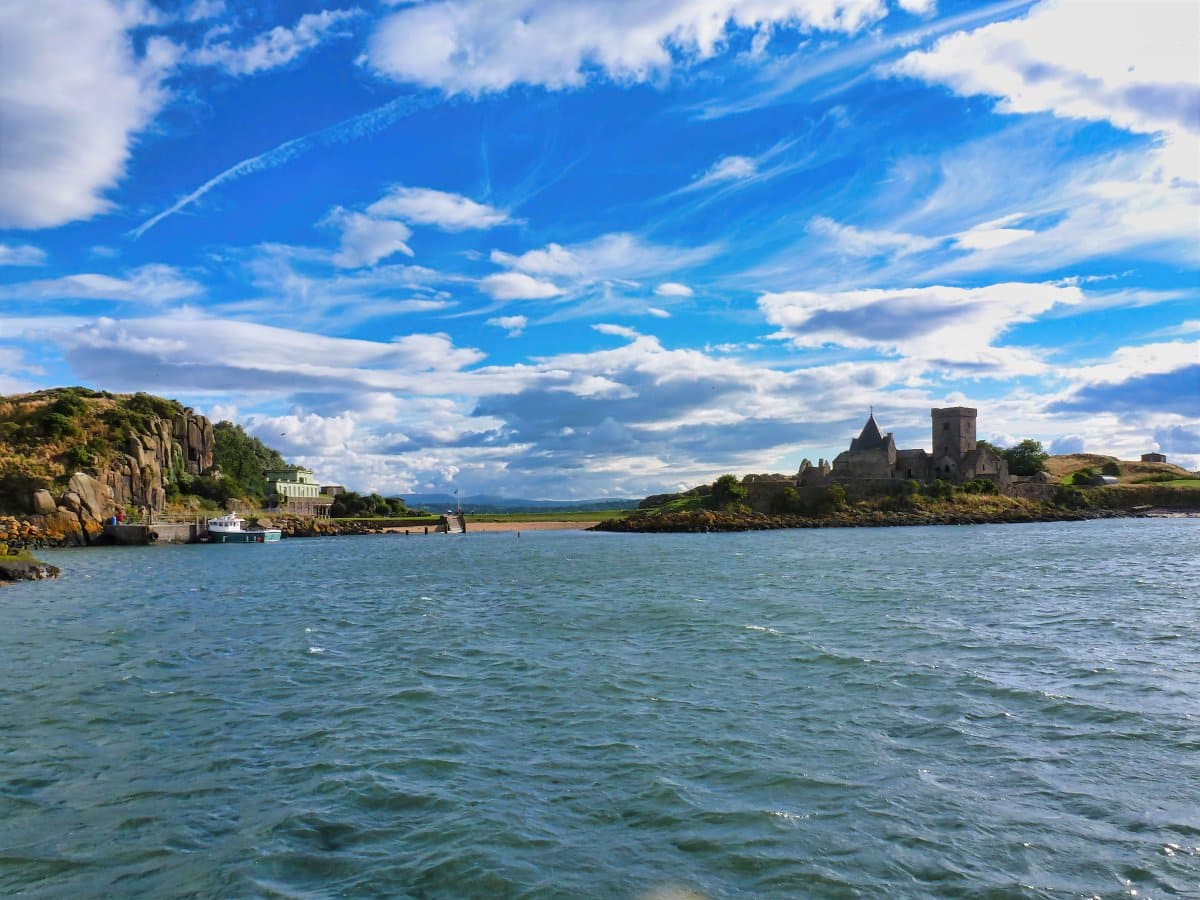
The Highlights
1: One of the main highlights of visiting Inchcolm Island is exploring Inchcolm Abbey. This medieval Augustine abbey was established in the 12th century and is remarkably well-preserved. With its beautiful Gothic architecture and tranquil setting, the abbey offers a fascinating insight into monastic life in the Middle Ages.
2: Inchcolm Island is a haven for wildlife enthusiasts. It’s home to a variety of bird species including fulmars, cormorants, and puffins. During boat trips, visitors might even be able to spot seals basking on the rocks. The island’s wildlife, coupled with its stunning natural beauty, makes it an ideal spot for nature photography.
3: The island offers breathtaking panoramic views of the Firth of Forth and the surrounding areas. From the highest points on the island, visitors can see Edinburgh’s skyline, the Forth Bridges, and the distinctive hills of Fife. These views are especially spectacular on clear days, making it a perfect location for leisurely walks and picnics.
Visiting Tips
1: Scotland is known for its unpredictable weather. Inchcolm Island, being in the Firth of Forth, is no exception. Even in summer, the weather can change quickly, so it’s a good idea to dress in layers and bring waterproof clothing. Also, don’t forget your sunscreen, as the sun can be strong when it does appear.
2: The main attraction of Inchcolm Island is Inchcolm Abbey, a well-preserved medieval abbey. However, the island itself is small and can be explored within a few hours. Note that the ferries to and from the island have specific schedules, so make sure you plan your visit accordingly to avoid missing the last return ferry.
3: There are limited facilities on the island, so it’s a good idea to bring your own snacks and water. There are picnic tables and plenty of spots to enjoy a meal with a view. Remember to take your rubbish with you when you leave to help preserve the natural beauty of the island.
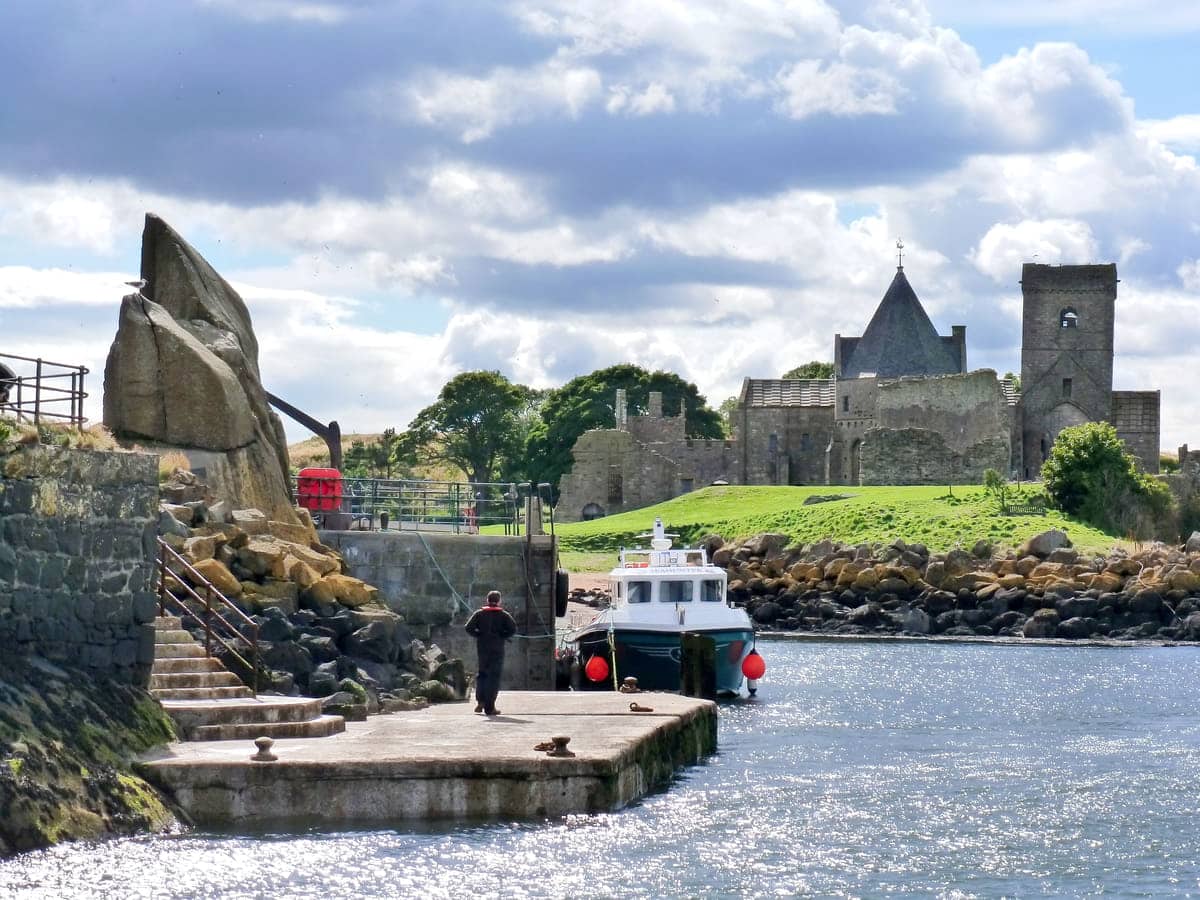
Tourist Information
Inchcolm Island is located one mile from the Fife coastline near Aberdour Castle, and the only Historic Environment Scotland-approved way to get to it is by taking the Maid of The Forth ferry that departs from South Queensferry which gives you three hours on the island before taking you back to shore.
Unsurprisingly, the island has been given the nickname ‘the Iona of the East’ thanks to the 12th-century Inchcolm Abbey located in the central area. This abbey was founded by King David I after his brother King Alexander I was forced to seek shelter there during a very stormy crossing of the Forth in 1123, and both its size and grandeur mean that today it’s considered one of the finest abbey buildings in Scotland.
The abbey is open to the public and visitors can walk through the rooms and corridors of the old building and can even climb to the top of the main tower for dazzling views across the Lothian and Fife coastlines. There are other historic buildings to see on the island as well, with fortifications from the Second World War covering much of the eastern area, while an underground ammunition tunnel dating from 1916 is also open to view.
The western section of Inchcolm Island consists of open grassland which is easy to walk across if you fancy doing some exploring, but be careful to watch where you step as sea birds lay their eggs on the ground due to the lack of predators on the island. Inchcolm also features two lovely wee beaches that have plenty of seating if you want to take a picnic with you, and Historic Environment Scotland has a small gift shop if you’d like to take home a memento.
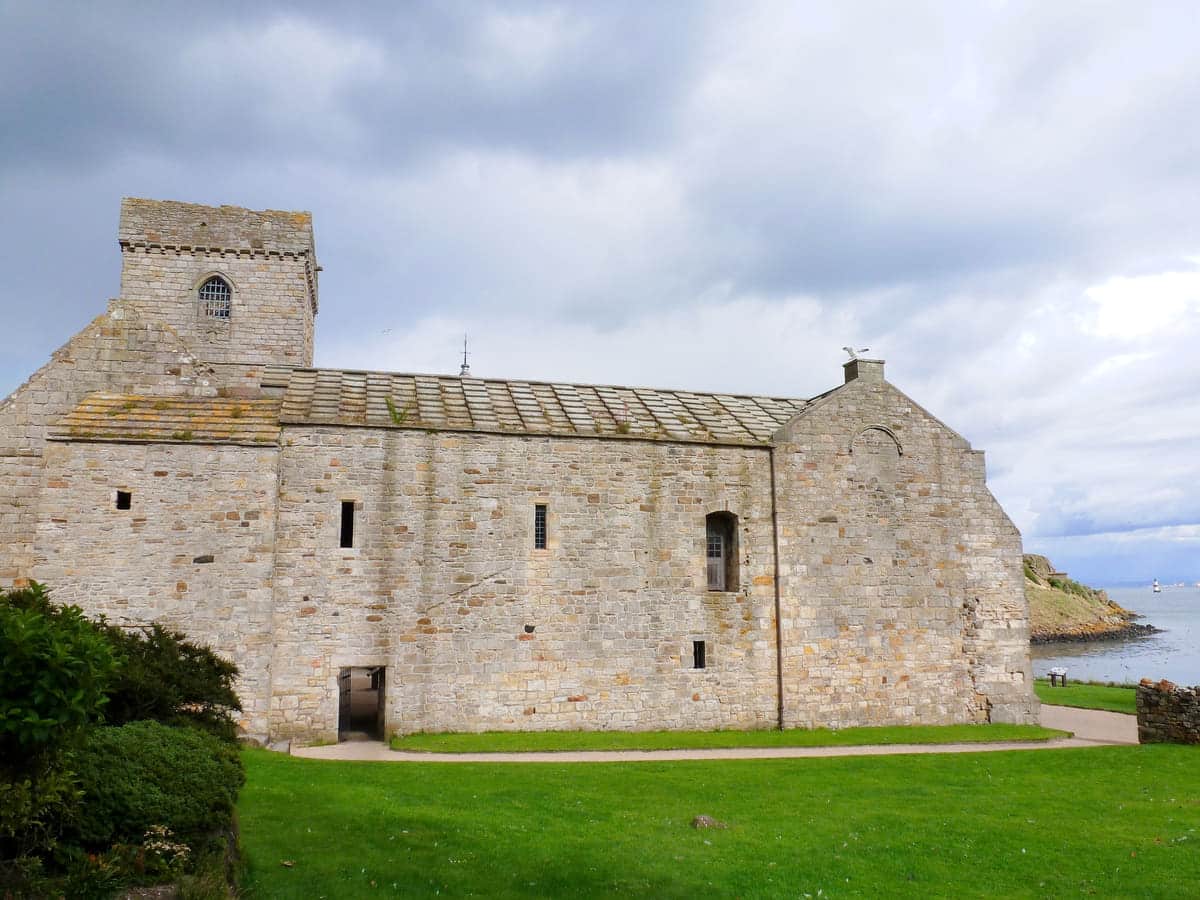
Things to Do
Exploring Inchcolm Abbey: This magnificent medieval abbey is the star attraction of Inchcolm Island. Built in the 12th century, the abbey is steeped in history and features a wonderful mix of architectural styles. Visitors can explore the tranquil cloisters, look inside the bell tower, and discover the rare medieval fresco that has remained intact for over 800 years.
Wildlife Watching: Inchcolm Island is home to a wealth of wildlife. From seals basking on the rocks to a variety of birds including puffins, terns, and eider ducks, the island is a haven for nature enthusiasts. Don’t forget your binoculars (link to binocular reviews), and make sure to tread lightly to avoid disturbing nesting birds.
Walks: Inchcolm Island offers a couple of walking trails with lovely views of Fife, Edinburgh, and the Firth of Forth. These walks are not only a great way to explore the island but are also an excellent opportunity to enjoy the fresh sea air in peace and quiet. Note that the paths are not suitable for disabled visitors or pushchairs.
Picnic with a View: Bring a basket full of your favourite snacks and enjoy a memorable picnic on the island’s green spaces. There are numerous ideal spots for a picnic, but you might prefer staying near the gift shop as there are picnic benches outside it.
Photography: With its historic buildings, diverse wildlife, and stunning coastal views, Inchcolm Island is a photographer’s paradise. From the ancient stone walls of the abbey to the captivating sunset views over the Firth of Forth, every corner of Inchcolm Island is a picture waiting to be taken.
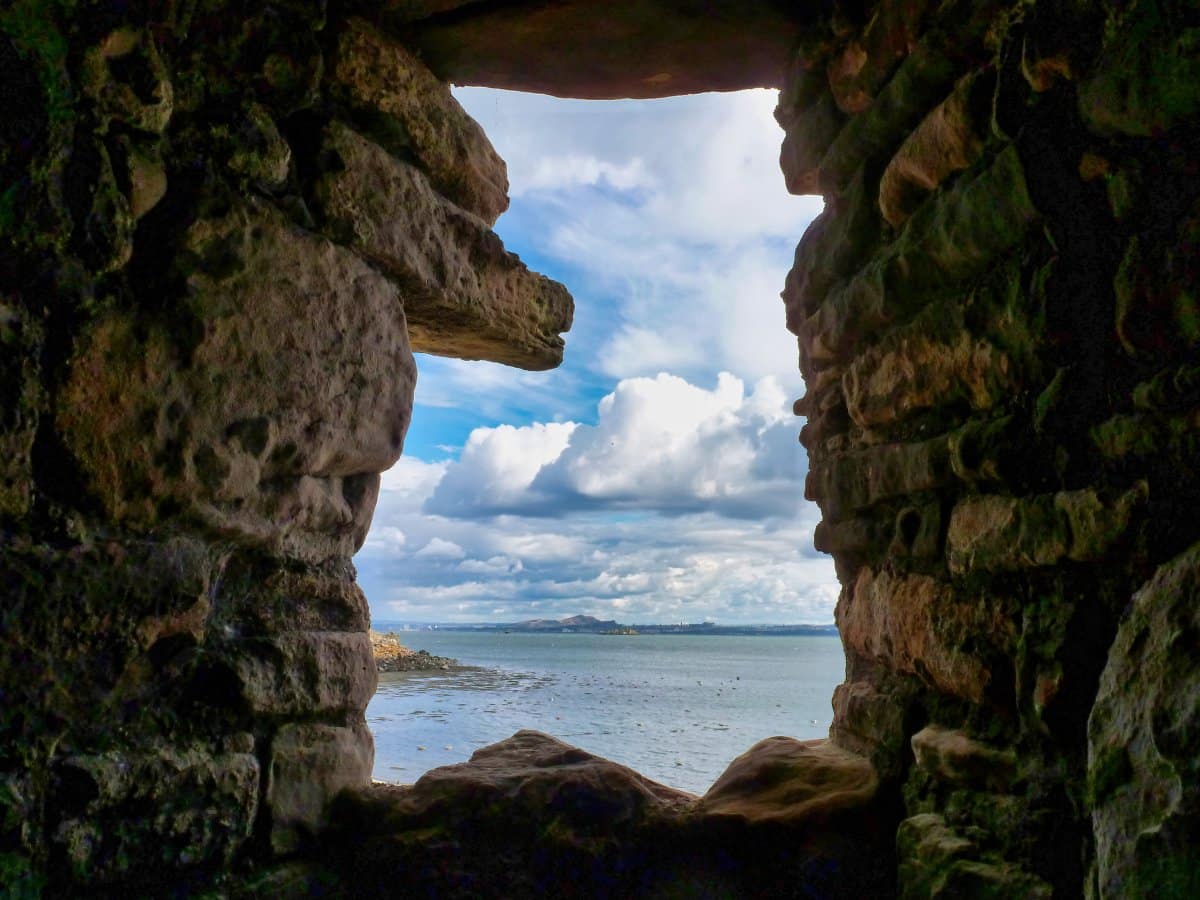
Things to Do Nearby
Braefoot Bay. Burntisland KY3 0XR
A local coastal nature reserve that features a footpath around Dalgety Bay Both walkers and mountain bikers frequently use the path. The bay is the nearest point to Inchcolm Island.
Silver Sands Beach. Firth of Forth, Burntisland KY3 0RQ.
A golden-sand beach to the east of Aberdour. There is a path from the beach that closely follows the coastline to Burntisland.
Cullaloe Nature Reserve. B9157, Burntisland KY3 0LU.
This nature reserve centres around a reclaimed reservoir that is a haven for birds including lapwings and sedge warblers. There are areas of wildflower meadows, marshland and willow scrub. There is also a wildlife viewing screen with wheelchair access.
Dalgety Bay, Dunfermline, KY11 9TF
Tourists frequently overlook this coastal community that’s close to the Forth Road Bridge. Dalgety Bay offers secluded and picturesque coastal walks and stunning views of the Firth of Forth. The town frequently wins the ‘Best Kept Small Town’ award.
Burntisland. Burntisland KY3 9DZ.
This town is renowned for its award-winning natural harbour and wide-open mudflats that attract a variety of seabirds when the tide retreats. At low tide it is possible – with care – to walk between Burntisland and Pettycur village.
Frequently Asked Questions
Who built Inchcolm Abbey?
King David I constructed Inchcolm Abbey after his brother, King Alexander I, sought refuge there during a storm in 1123. Alexander vowed to build a monastery on the island, but he died in 1124, leaving the task to his brother.
Are there toilets on Inchcolm Island?
There are public toilets on Inchcolm Island.
Who lives on Inchcolm?
Two staff members of Historic Environment Scotland live on Inchcolm Island between March and October.
Romans, Augustinian monks, mediaeval hermits, and soldiers from the First and Second World Wars have all lived on Inchcolm Island over the course of its history.
How old is Inchcolm Abbey?
Inchcolm Abbey dates back to the 12th century. The abbey was built due to a promise made by King Alexander I when he was forced to shelter on the island during a storm in 1123.

